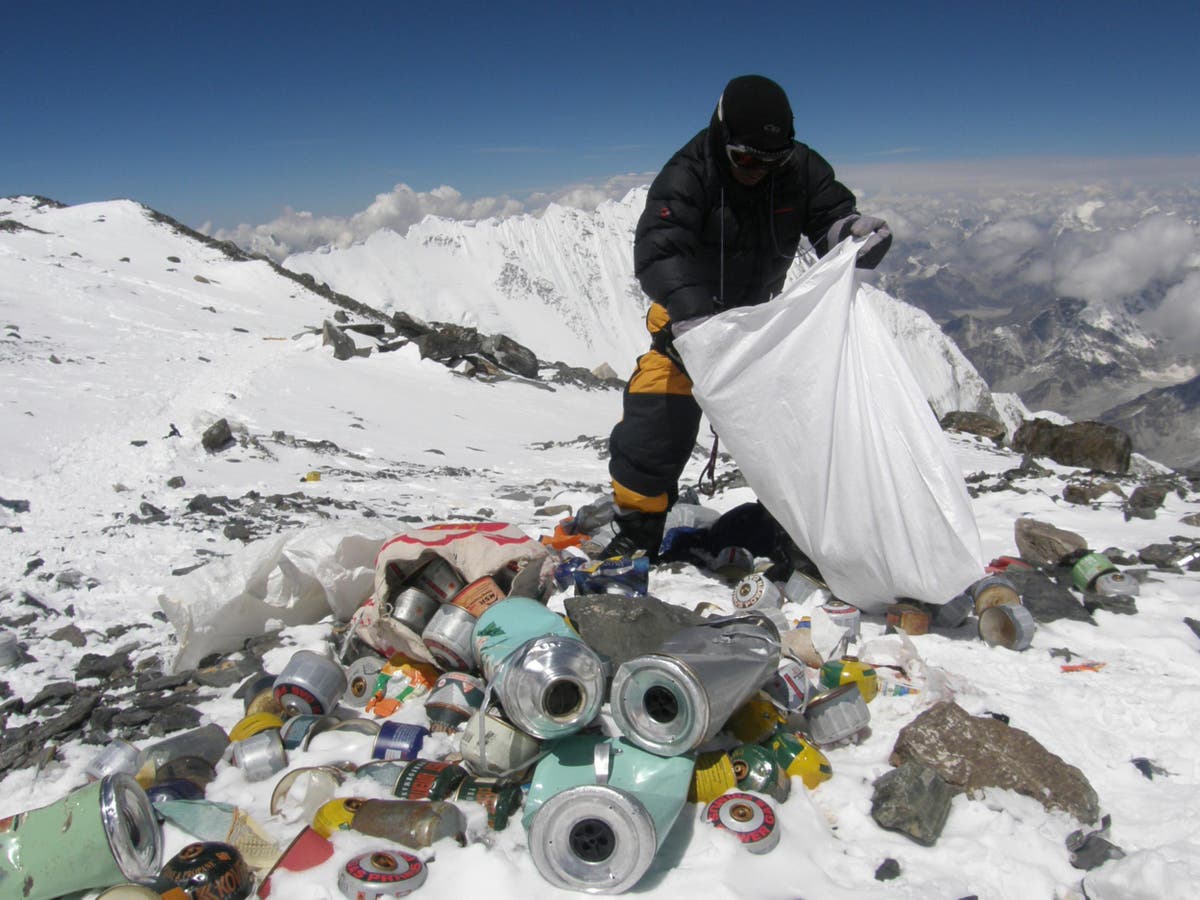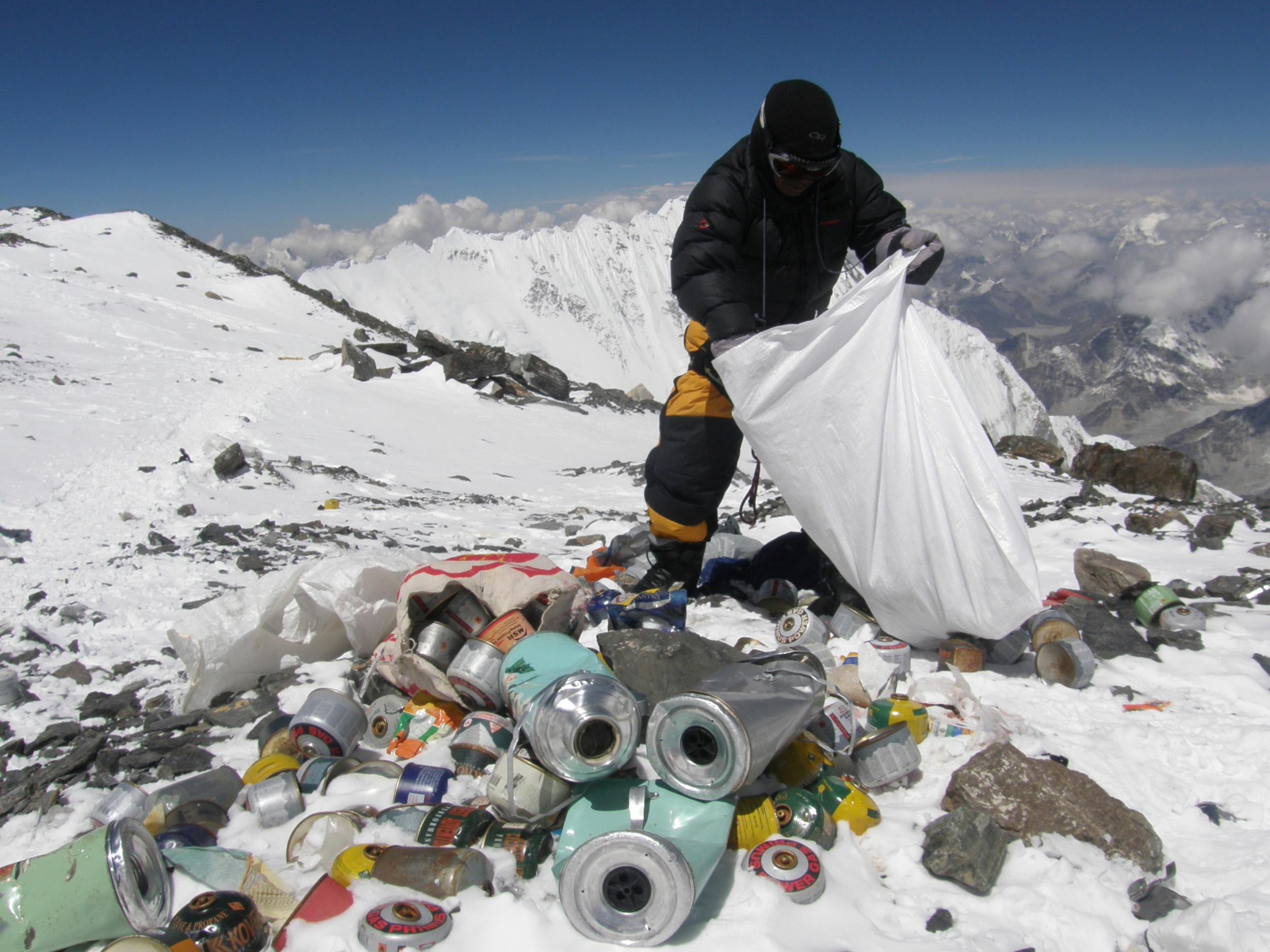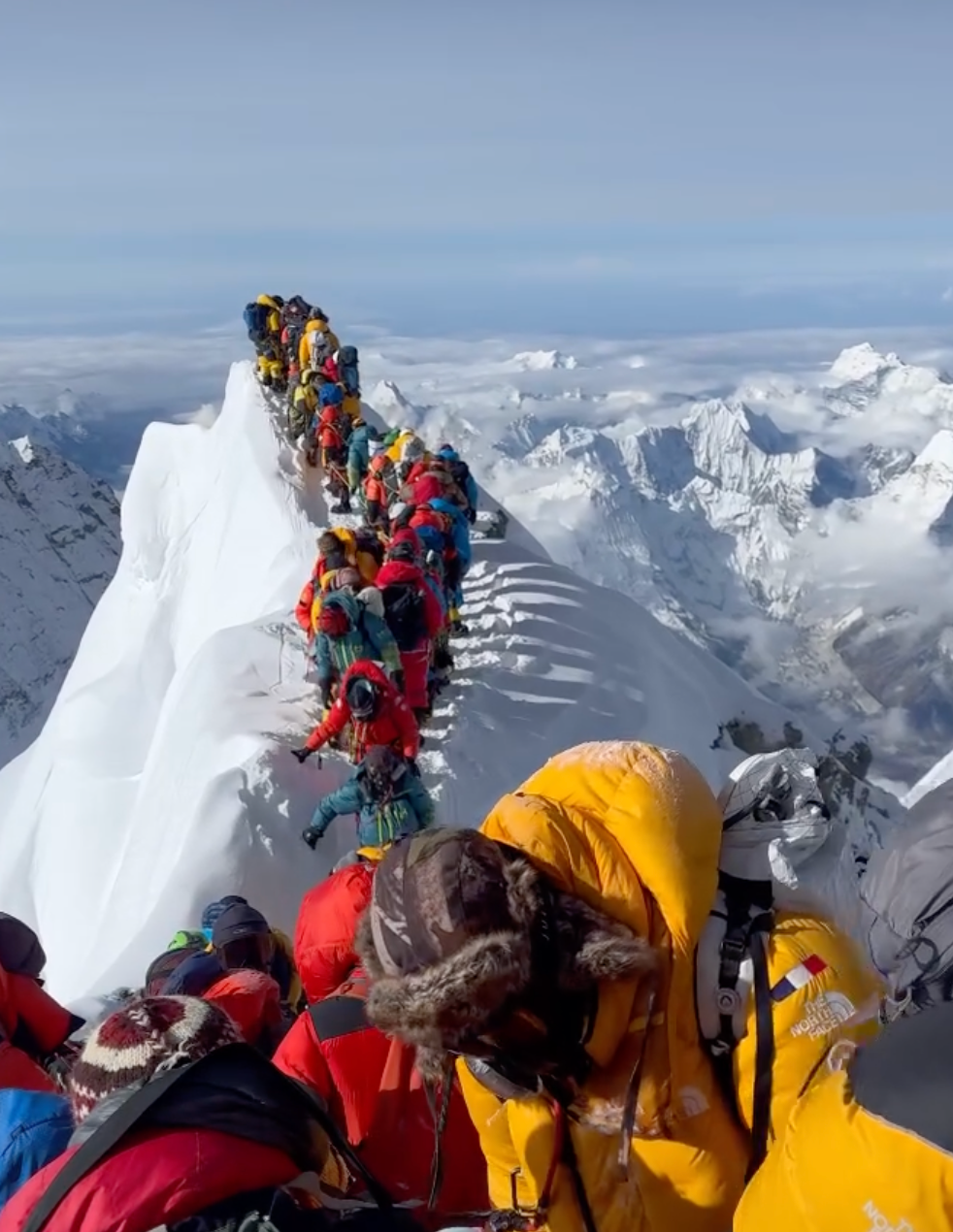World
Five bodies retrieved from Mount Everest as highest peak ‘turning into graveyard’

A stark reminder of the dangers of climbing Mount Everest is being revealed as global warming is exposing more corpses than ever on the world’s tallest peak.
Five unidentified bodies have recently been removed from the mountain by Nepal’s army, including one skeleton, and a corpse that took 11 hours to free as it was encased in ice up to the head.
An estimated 300 people have lost their lives attempting to scale the mountain since the 1920s, and it has attracted particular controversy in recent years because of overcrowding concerns over so-called adventure tourists.
At least eight people have lost their lives on Everest this year. The mountain claimed 18 lives in 2023, the highest number ever recorded.
Everest hit the headlines in the UK in May after a cornice – an overhanging of ice – collapsed, causing British gym owner Dan Paterson and his sherpa guide to go missing after falling from a significant height.
“Because of the effects of global warming, [the bodies and trash] are becoming more visible as the snow cover thins,” an army officer involved in the search and cleanup operation, Aditya Karki, told AFP.
While some bodies have become trail markers on the route to the summit, still dressed in their climbing gear, others have frightened climbers as they try to make the summit.
A stark example was shared on social media last year by a climber who screamed when she saw a body sliding down the mountain.
“There is a psychological effect,” Karki admitted to AFP. “People believe that they are entering a divine space when they climb mountains, but if they see dead bodies on the way up, it can have a negative effect.”

The process of removing corpses from Everest is a controversial one because it is so dangerous. Attempts have been made to bring down the remains of individuals including Michael Matthews, who died on his descent after becoming the youngest Brit to reach the summit at 22 in 1999.
Attempts have also been made to recover the body of Sandy Irvine, one of the first people to attempt to scale the peak.
He died in 1924 alongside his climbing partner, George Mallory, whose body was eventually found in 1999 but later disappeared.
It is believed that the discovery of Irvine’s body could rewrite mountaineering history if his camera is recovered and proves that the men reached the summit. As it stands, it is believed that it was not climbed successfully until 1953.
Tshiring Jangbu Sherpa, who led the army’s expedition to clean up the mountain, described the process as “extremely difficult”.
“Getting the body out is one part, bringing it down is another challenge,” he said of the corpses, which can become very heavy when frozen.
“We have to bring them back as much as possible. If we keep leaving them behind, our mountains will turn into a graveyard.”
As well as confirming the removal of the bodies, the Nepalese army said it had removed 11 tonnes of rubbish.
The operation, which is one of a handful since 2019, took 12 military personnel and 18 climbers 55 days to complete and they were forced to use hot water on ice to free some of the bodies.

At the time of Dan Paterson’s disappearance in May, his family and friends attempted to raise £150,000 to launch a search and rescue mission.
But the money was ultimately returned after it was deemed logistically impossible as he fell in Everest’s “death zone”, where people are not advised to stay more than 48 hours maximum, even with additional oxygen.
His partner wrote on GoFundMe: “Due to the location in which Dan and his Sherpa fell, the only viable option is an aerial search on the Tibetan side. Flying from Nepal into Tibet is politically very difficult and Chinese support for this would need to be obtained. We now understand that this would be next to impossible to organise in the short window that remains.
“Added to that is the fact that any recovery operation would be extremely dangerous and we do not wish to put anyone else at risk. We know that Dan would not want this.”

There have now been calls to limit the number of permits sold to tourists to climb the mountain as it is believed that the queues will lead to more accidents, especially in light of the problems created by global warming.
However, with permits to climb the mountain costing $11,000 per climber, it has been argued that the Nepalese government will not want to lose the revenue.
Around 600 people are now estimated to attempt to climb the mountain every year.
The removed bodies were taken to Kathmandu, and it is believed that if they are unable to be identified, they will be cremated.
Two have been preliminary identified, it has been reported, but they are awaiting final tests.







:max_bytes(150000):strip_icc()/roundup-writereditor-loved-deals-tout-f5de51f85de145b2b1eb99cdb7b6cb84.jpg)


